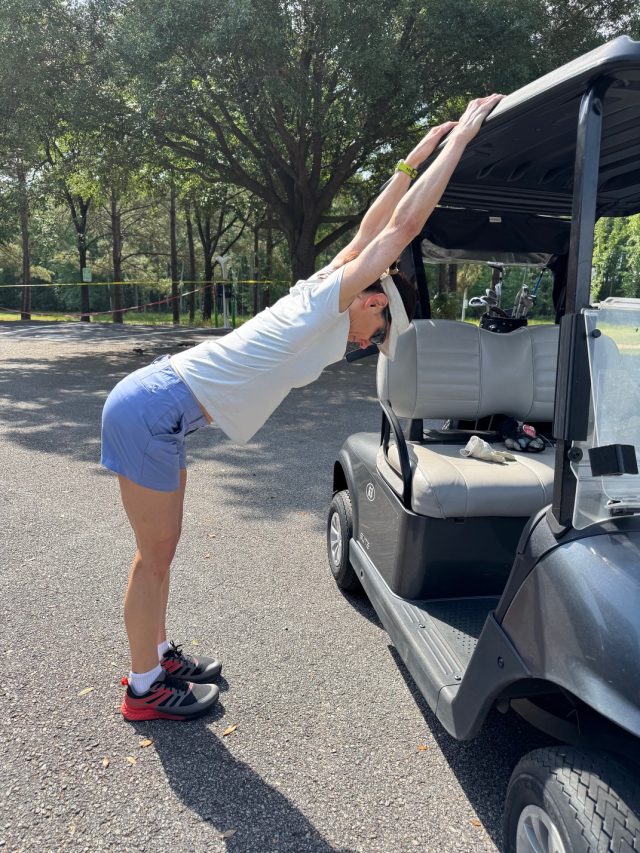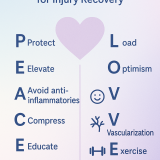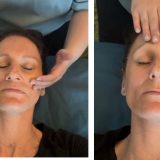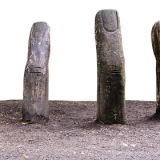Why injuries occur…causes & prevention
As a personal training & nutrition coaching studio owner in downtown Memphis since 2002, I am always running into people about town telling me about their injuries and how they occurred. That’s why I wanted to write this blog post “Why Injuries occur” in hopes of explaining how you might be able to prevent them in the future.
Often times, people confess to me that they have been going to a boot camp style class or a trainer that didn’t do fitness assessments before working with them. More times than I can count, the individual seems like he/she is embarrassed to be sharing his/her ailments with me and how unmotivated they are to try again. They feel like a failure and thus trying again may yield only more pain to the injury and possibly no forward progress toward their goal(s). Does this sound like you?

The above picture is depicting my male cross country and track teammates from 1991, freshman year of college at University of Arkansas at Monticello. I’ve always loved this picture. They were so silly & fun. Look at the coach far left. We saw that expression often. The irony of this picture and post is that his terrible coaching & method caused injury to all my female teammates and they quit. I was the last one until it finally happened to me on a long second run of the day. I had strained my hamstring. There is a rest of the story but this blog post isn’t about me it’s about helping you.
There are many factors involved in injuries, but I will try to make it as simple as possible.
Do you know people who have gotten injured during their “new years resolution” phase of getting back into working out? Overuse injuries are the most common which involves performing a task with a frequency that does not allow the tissues to recover. Symptoms may be due to lack of muscle strength or endurance. Going from the couch to working out for 5 days a week, an hour per session, is more than the body can recover from in such a short period of time. Think progression….you learned the alphabet before you learned to write a report and so should your body learn the movements in a progression before lifting too heavy or too often.
Both extrinsic and intrinsic factors (event, circumstance or influence) can increase the risk of injury.
Intrinsic factors include:
- Biomechanical deficiencies (your movement patterns)
- Current state of arms and legs
- Muscular imbalances (Excessive fatigue can negatively affect proper form and/or decreases the ability of stabilizers to maintain sound biomechanics.)
- Degenerative or deconditioned processes (aging, muscle depletion, use or lose principle)
- Other anatomical factors
Extrinsic factors include:
- Training errors (Abuse is having excessive force going though normal tissues.)
- Faulty technique (Misuse/using improper form or equipment which may put abnormal stress on tissue structures.)
- Poor environmental conditions (cold weather, heat, etc)
- Incorrect equipment and surfaces. (Crown 1997)
- Extrinsic Factors of injury can be further classified into overuse, misuse, abuse, or disuse (Wanivenhaus 2012).
A classic injury, for example is when a runner strains a hamstring. The sheath of the tear heals and binds to neighboring muscle sheath. The hamstring muscle group still functions to flex the knee, yet the athlete complains of dull ache or pain in the posterior thigh. The reason may be that independent movement has been lost and the area of scar tissue has limited the extensibility of the myotendinal unit. Muscles do function and limbs do move, but the normal gliding that occurs between neighboring tissues is lost. As a result, there is a constant low-grade inflammatory process at the site of the decreased mobility. Scar tissue has a poor blood supply and is not as strong or resilient as the primary tissue it replaces. This area will likely be a site of re-injury secondary to the transition zone of normal tissue to scar tissue. To this day I still have issues from my previous hamstring injury.
How to minimize injury
Careful monitoring of training volume, intensity, and duration will minimize overuse injuries.
More specifically the body can adapt to practically a natural stress as long as the first 4 of 5 Adaptation Criteria exist:
- Perform a sufficient warmup of 5-10 minutes depending on activity, environmental factors, current fitness level, etc..
- Get sufficient recovery (rest intervals, rest days, alternate body parts worked, cross-train, proper nutrition re-fueling). Take 24-48 hours to rest between muscle groups. Think as the rest phase as the repairing phase.
- Make training stimulus progressive and regular (if weight training then applying principles of overload, adaptation, frequency, specificity & intensity). Seek out a personal trainer as needed. Most could benefit from someone watching proper form and alignment during modality of exercise.
- Don’t just push though thinking you have to go hard core. Listen to your body and your breathing.
- When “working around” an injury possibly being of orthopedic type, it’s necessary to know the basics of muscle balance and not just work through pain. Remember that an existing or underlying injury combined with other factors during workouts may negatively affect joint integrity (fatigue, acute or chronic overtraining, etc..)
- Stretch post workout and hold each stretch 30-60 seconds or longer. If you have an area of your body that is tight and in need of better range of motion then hold a stretch for that area for 3 mintues for 6-8 weeks to physiologically lengthen the muscle.
Energy Fitness owner Tonya Tittle hears a multitude of times from our clients, personal trainers
& even former personal trainers that moved away such positive feedback that can be summarized as follows:
Your programs & Energize Method System of training are different than anything I have ever experienced before. Even the culture of positive change is felt with the nutritional aspect. Both combined really helps to enforce the mind-body, lifestyle and fitness change we were seeking.
To hear clients say this means that we are being true to our mission: to inspire optimal health & wellness through empowerment, education, coaching & training in a safe & non-intimidating atmosphere.
Not a client and want a Free Fitness or Nutrition Consult (value $87) or
interested in our Personal Training Services click here or call us 901-466-6242.
Check out our customized online training ($40-$80) here: Online Customized Training
Interested in our Massage or Body Wraps? Click here.




